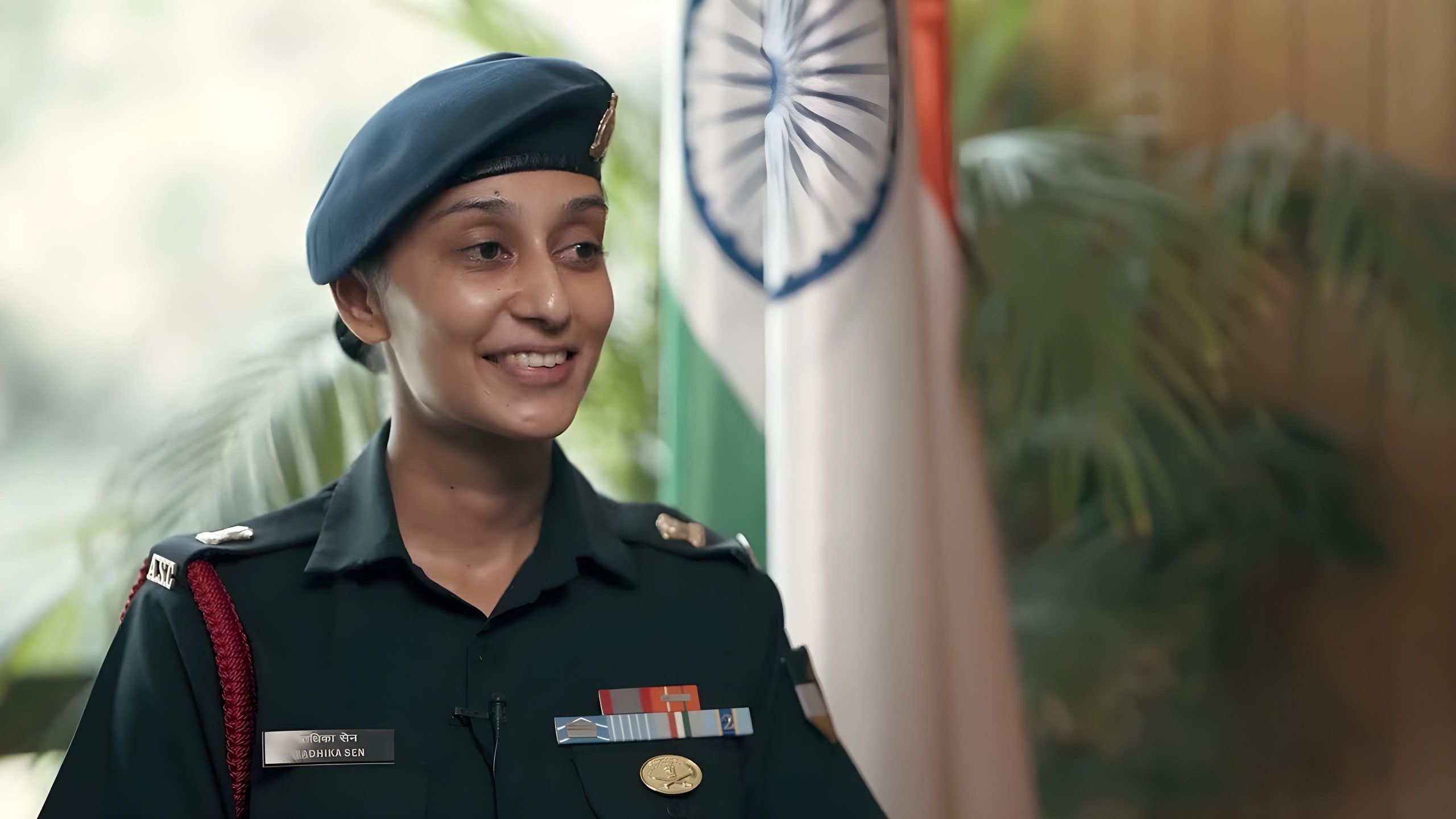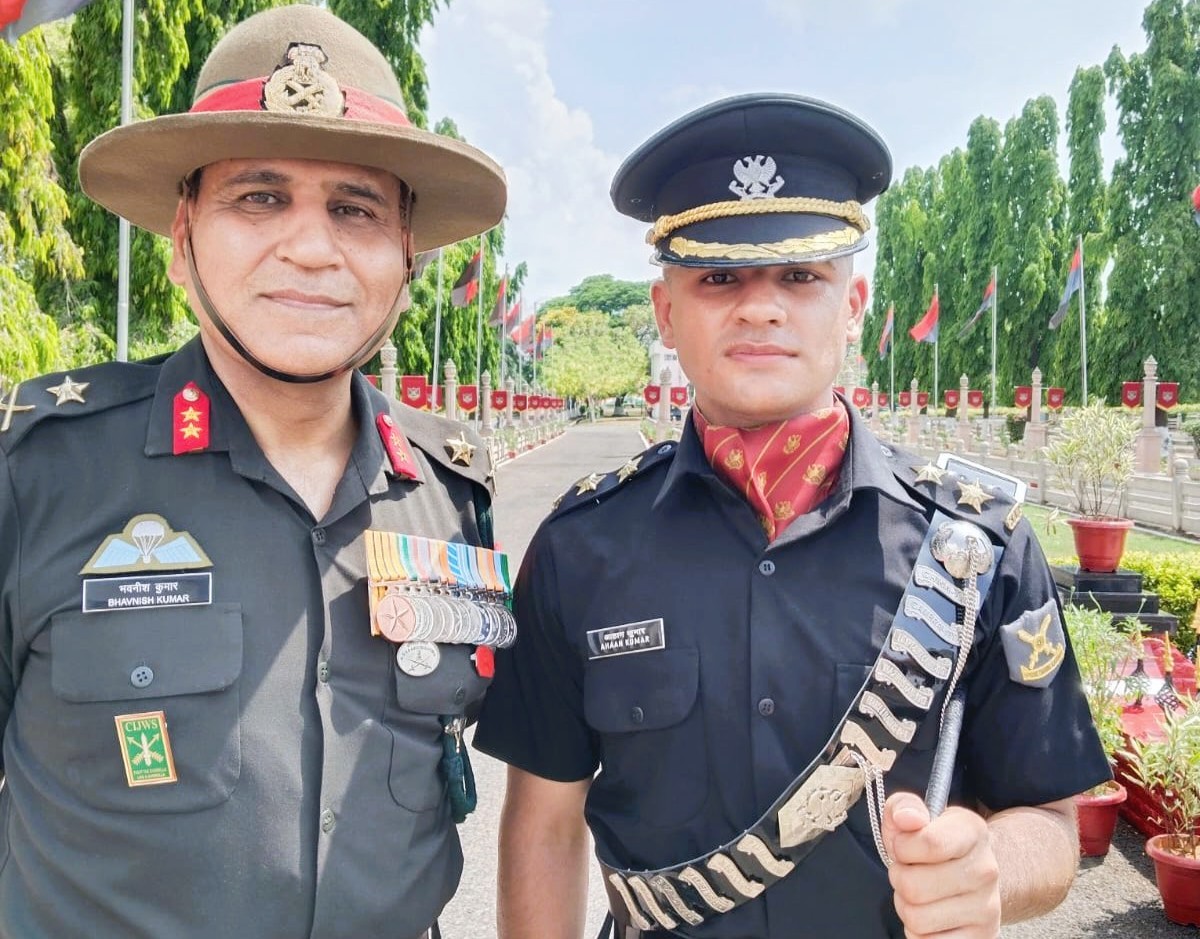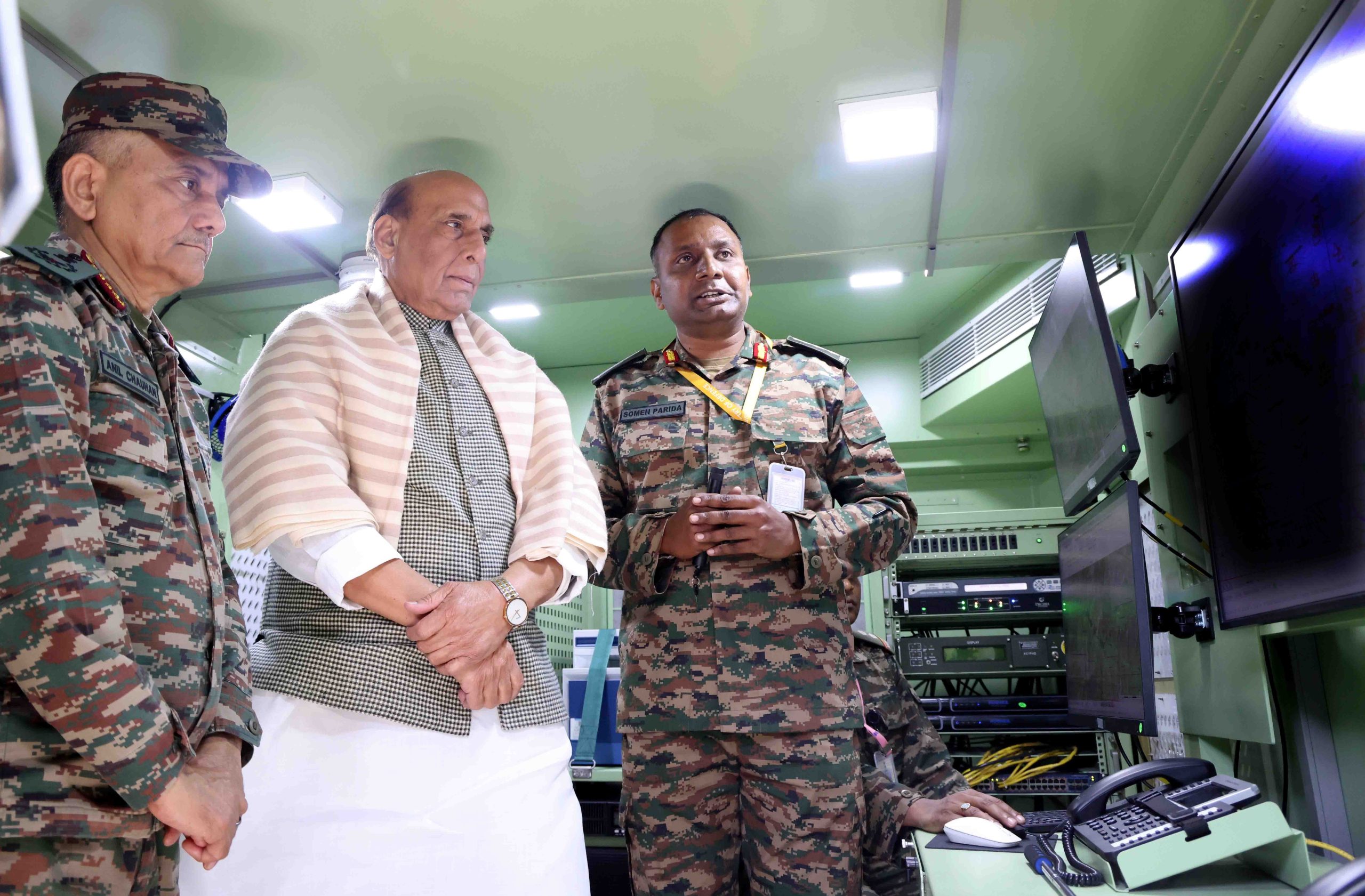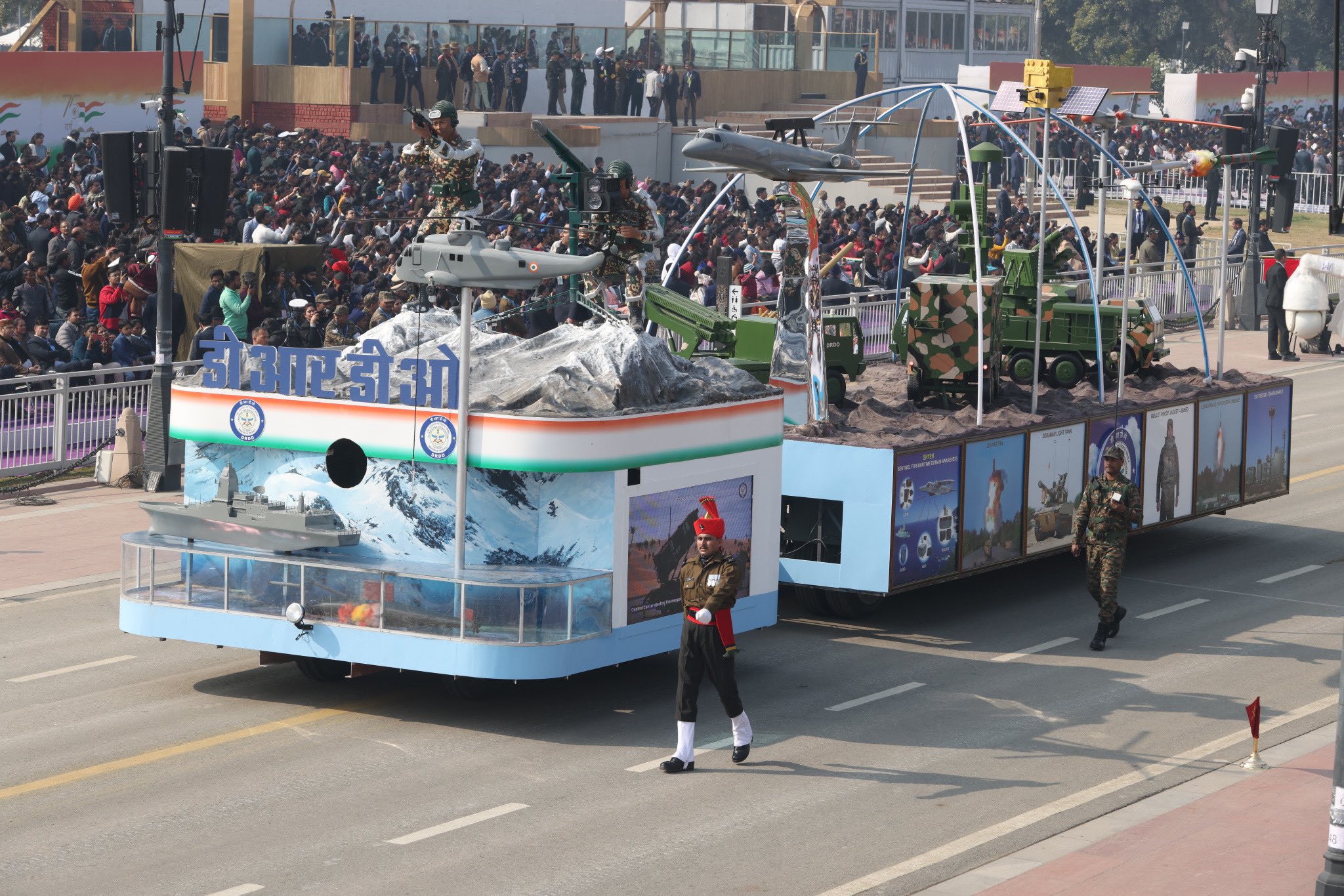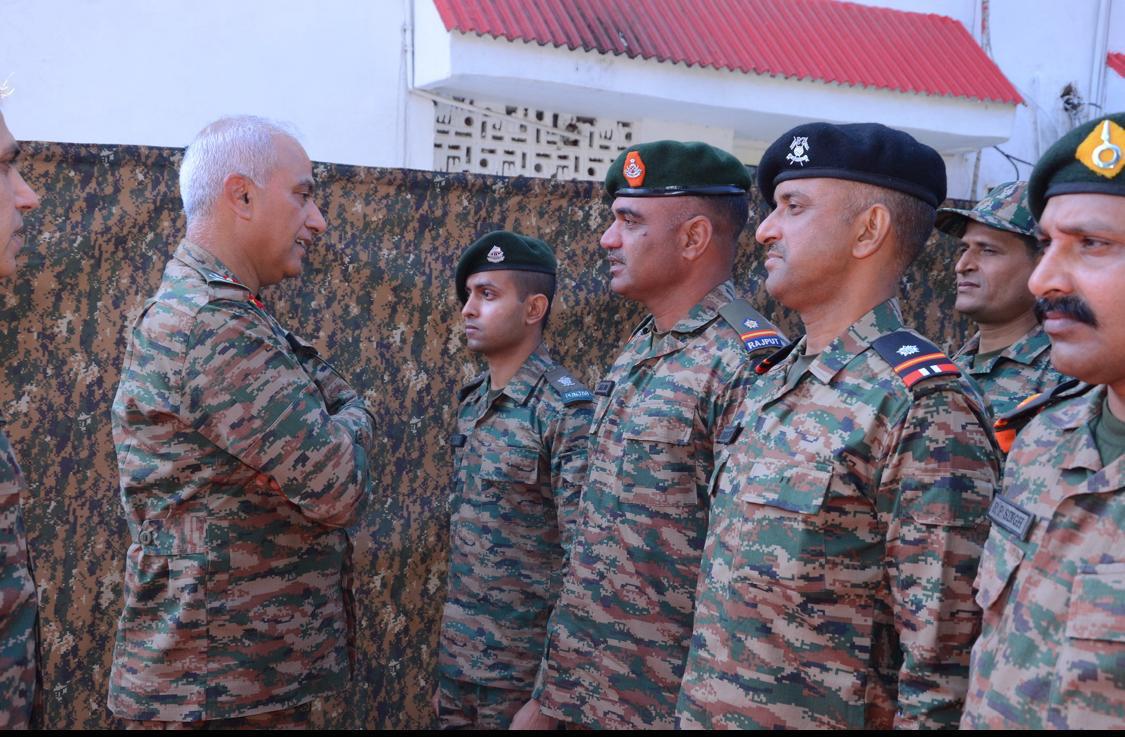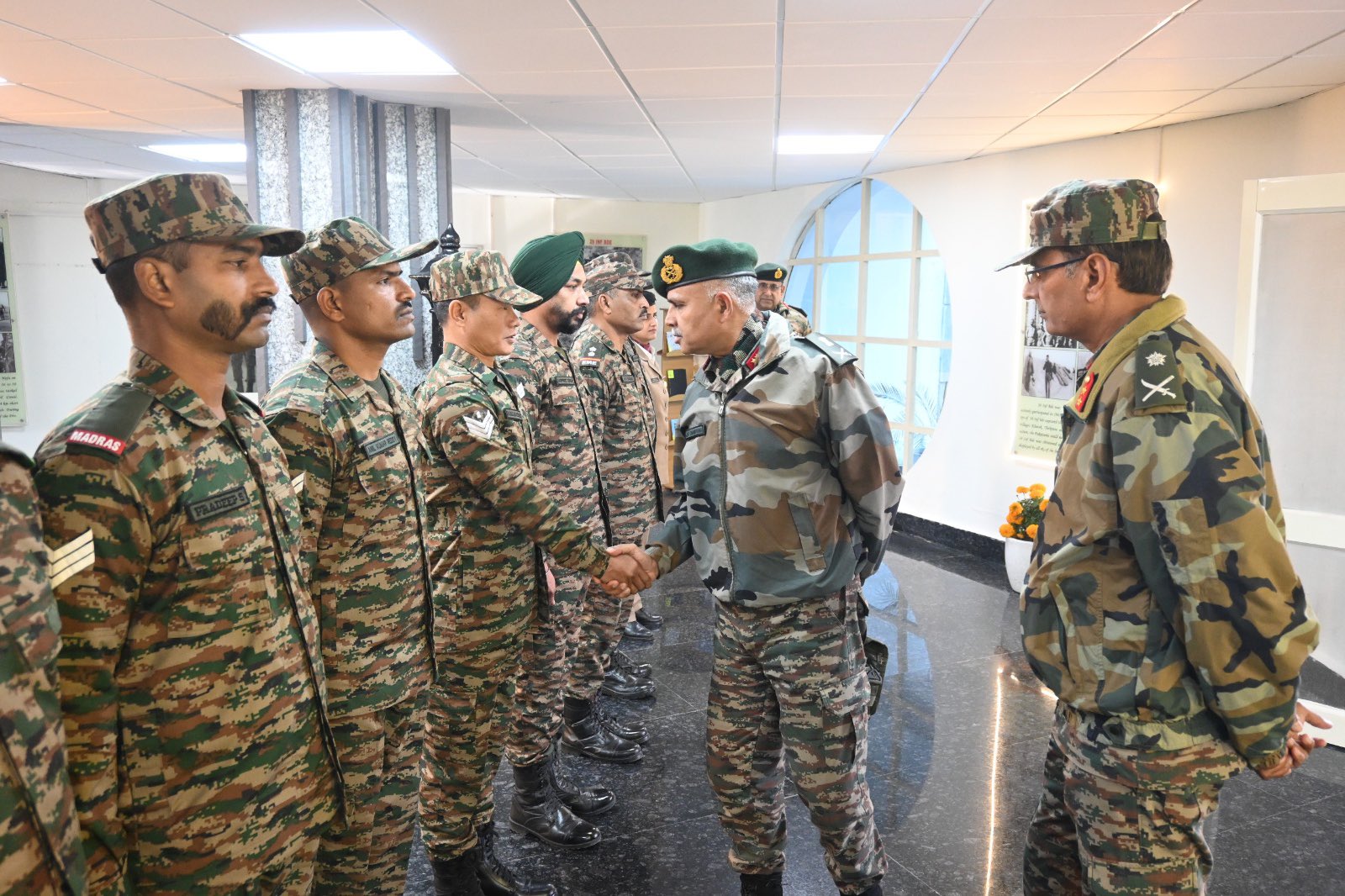Major Radhika Sen To Lead Mechanised Forces on Nandighosh at Republic Day Parade
Major Radhika Sen, a distinguished officer of the Indian Army, showcased the crucial role of women in the Armed Forces…
Army Father-Son Duo To March Together at Republic Day Parade 2025
The Republic Day Parade at Kartavyapath is not just an annual celebration of India’s unity and diversity—it is a stage…
Raksha Mantri Shri Rajnath Singh Flags Off ‘SANJAY – The Battlefield Surveillance System’
In a major step towards enhancing battlefield transparency and network-centric warfare capabilities, Raksha Mantri Shri Rajnath Singh flagged off ‘SANJAY…
DRDO to Showcase ‘Raksha Kavach’ Innovations at Republic Day Parade 2025
The Defence Research & Development Organisation (DRDO) is set to display its path-breaking innovations during the 76th Republic Day Parade…
GOC Rising Star Corps Reviews Operational Preparedness in Jammu
The General Officer Commanding (GOC) of the Rising Star Corps conducted a detailed review of the operational preparedness of Military…
Lt Gen Ajay Chandpuria Reviews Golden Arrow Division
Lt Gen Ajay Chandpuria, General Officer Commanding (GOC) of the Vajra Corps, conducted a comprehensive operational readiness review of the…

